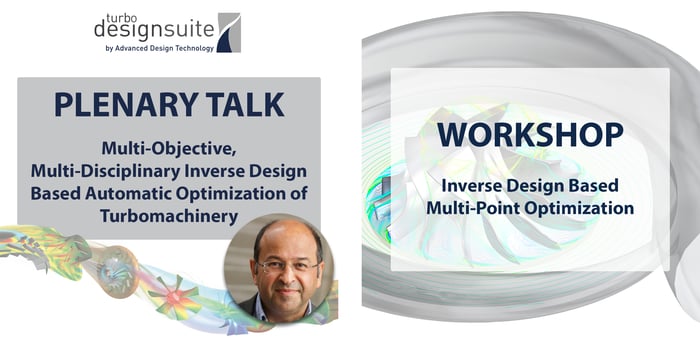Advanced Design Technology will be present at the 18th International Symposium on Transport Phenomena and Dynamics of Rotating Machinery, ISROMAC 2020 Conference.
Plenary Talk with Prof. Mehrdad ZangenehProf. Mehrdad Zangeneh will be giving a Plenary Talk - Multi-Objective, Multi-Disciplinary Inverse Design Based Automatic Optimization of Turbomachinery - on Thursday, November 26th at 9 am GMT. Turbomachinery manufacturers face many challenges such as legislative pressures to improve efficiency (e.g ECOdesign directive in EU) as well as competitive pressure to reduce cost and developments times. Many of these challenges require innovative design solutions that can solve multi-point/multi-objective and multi-disciplinary problems. The 3D inverse design method computes the turbomachinery blade geometry for a specified distribution of blade loading and pressure field. The method enables designers to optimize turbomachinery vanes and blades by exploring a large design space without the trial and error of traditional design methodologies. There are also computational advantages in using inverse design as an optimization strategy. In inverse design, the optimization is parametrized through the blade loading and not the blade geometry, which can significantly reduce the number of design parameters to cover the same design space. This feature improves the speed and accuracy of automatic optimization. In particular, by using the inverse design approach it is possible to achieve accurate surrogate model based optimization. This approach can then be used to solve difficult multi-point, multi-objective and multi-disciplinary problems under industrial time scales.
|
Mehrdad Zangeneh
Mehrdad Zangeneh is Founder and Managing Director of Advanced Design Technology and professor of Thermofluids at University College London.
View All Articles






Share This Post